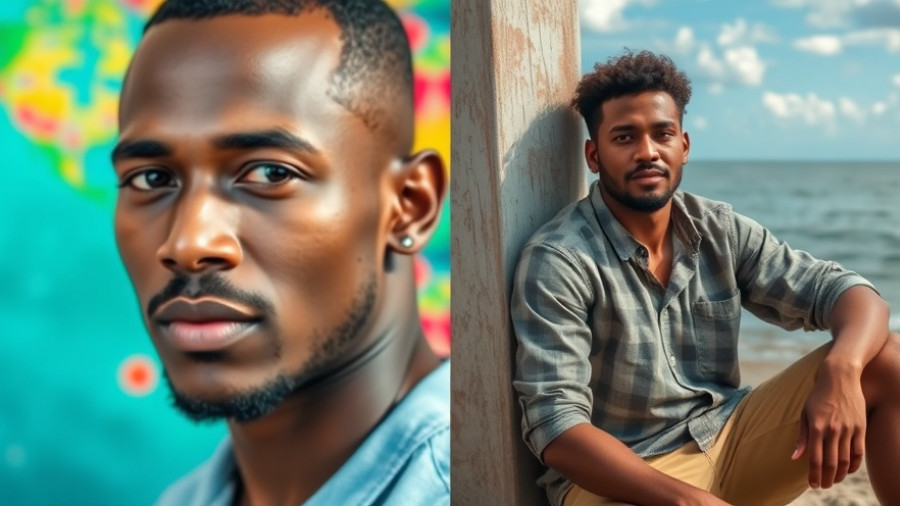
Tragedy Strikes: Trinidadian Lives Lost in US Airstrike
In a shocking incident reported on October 16, 2025, two men from Trinidad and Tobago, Chad “Charpo” Joseph and Rishi Samaroo, have died as a result of a US airstrike targeting a boat off the coast of Venezuela. This attack, part of Donald Trump's ongoing campaign against drug trafficking, has raised severe concerns regarding the impact of military actions on innocent civilians.
The Human Cost of Military Operations
The US airstrike was claimed to target a vessel allegedly involved in narcotics smuggling. However, the families of the deceased assert the victims were simply fishermen. Joseph's grandmother, Christine Clement, revealed that he had been trying to return home after a three-month visit to Venezuela. Her sentiments echo those of other family members, who expressed disbelief at the US’s actions. They question the validity of claims that the boat was involved in illegal activities, pointing out that an interception protocol should have been followed before resorting to such lethal measures.
International Condemnation and Local Perspectives
The aftermath of the airstrike has sparked outrage not only within Trinidad and Tobago but also across Latin America, particularly from Colombia, where President Gustavo Petro has called for investigations into the actions of the Trump administration. In the Caribbean region, support for US military initiatives is far from universal. Trinidad and Tobago’s Prime Minister, Kamla Persad-Bissessar, has previously backed US operations, citing a tough stance on crime. However, this support appears increasingly tenuous as local citizens bear the brunt of military engagement.
Fear Among Fishermen and the Dangers of Bombing Campaigns
Given the ongoing conflict and the threats of military action, local fishermen are living in fear. Many have decided to adjust their fishing routes to remain closer to the coast of Trinidad, avoiding waters they once traversed freely. Gary Aboud of Fishermen and Friends of the Sea has advised fishermen to stay within half a mile from shore to mitigate risks of being accidentally targeted. This fear of attack fundamentally alters a way of life that has served as a cornerstone of Trinidad's economy and cultural identity.
Political Ramifications and Future Consequences
The escalation of military activities coupled with airstrikes raises questions about the broader implications for regional stability and US-Caribbean relations. Critics have labeled the Trump administration's approach as violating international law and engaging in extrajudicial killings. The Venezuelan government, meanwhile, perceives these operations as blatant acts of aggression aimed at destabilizing its regime. As tensions flare, international observers fear an escalation in violence that could further destabilize the region.
Conclusion
The tragic loss of Chad Joseph and Rishi Samaroo serves as a painful reminder of the collateral damage inflicted by military campaigns justified under the guise of fighting crime. As the political climate continues to evolve, the necessity for accountability and adherence to international law has never been clearer. Families deserve clarity and justice, and the ramifications of these military actions will likely influence Caribbean society for years to come.
 Add Row
Add Row  Add
Add 




Write A Comment